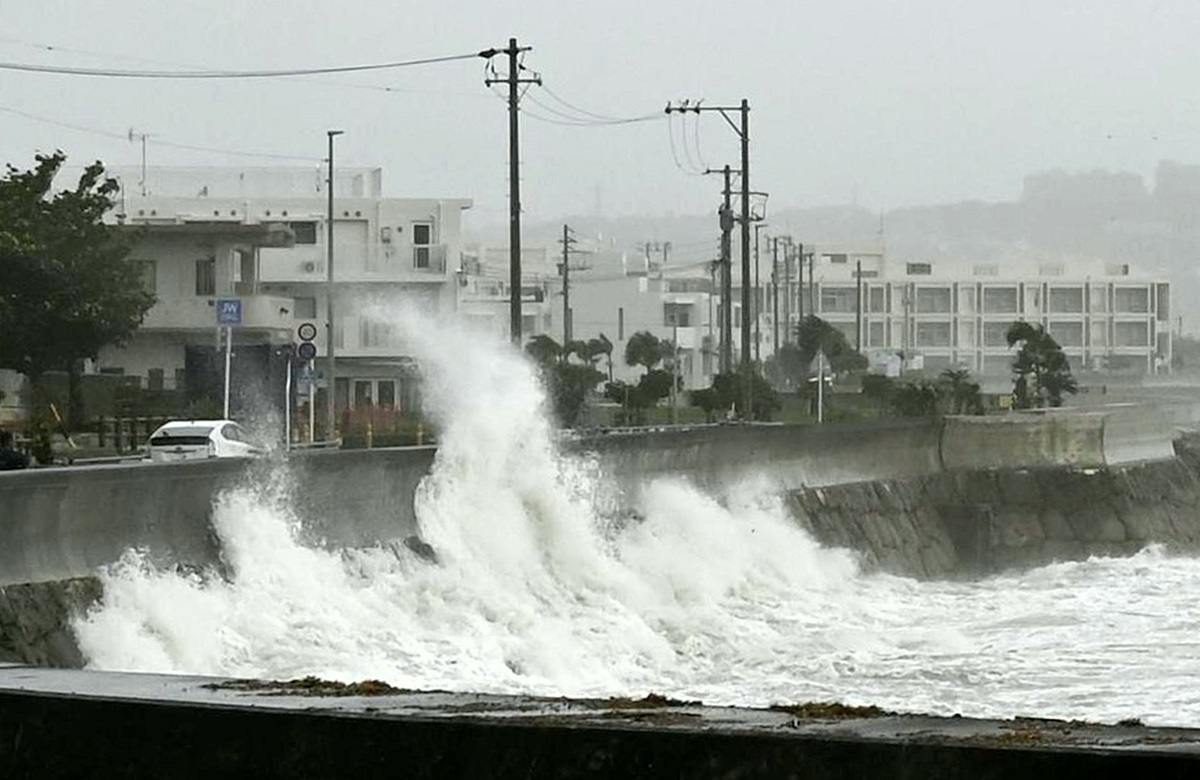 Summary:
Summary:
After a typhoon passes, it’s important to carefully inspect your home and surroundings for damage and safety hazards.
This guide explains what to check, what to photograph, and how to report issues to Saki Corporation so repairs can be arranged efficiently.
🕊 1. Safety First
Before checking your property:
Wait until official typhoon warnings are lifted.
Avoid going outside while winds are still strong or debris is flying.
Do not touch fallen power lines or damaged electrical cables
Watch for slippery surfaces, loose tiles, or broken glass around balconies and entrances.
⚠️ Important: Your safety is the top priority — do not attempt any repairs yourself. Report all issues to our maintenance team.
🧾 2. Step-by-Step Post-Typhoon Inspection
After it’s safe to go outside, do a visual inspection of your unit and surroundings.
🔹 Exterior Areas
Check balconies, porches, and rooftops for loose or broken items.
Inspect AC outdoor units — confirm they haven’t shifted, flooded, or detached.
Remove any fallen branches, leaves, or debris blocking drains (if safe to do so).
Do not throw storm debris into normal trash — contact us if bulk pickup is needed.
🔹 Interior Areas
Look for water leaks, ceiling stains, or wet flooring near windows, doors, or ceilings.
Check window frames and balcony doors for new gaps or drafts.
Confirm electricity and water are functioning normally.
Check if walls, tatami, or closets have developed moisture or mold spots.
🔹 Common Areas (Apartments)
Notify us if shared hallways, parking spaces, or entrances have damage or flooding.
Do not move large objects or damaged materials yourself — we will coordinate with contractors.
💡 Tip: Take photos before removing any items or cleaning up — this helps with record-keeping and repair authorization.
📸 3. How to Document the Damage
Providing clear photos helps us process repairs faster.
Please include the following when reporting:
| Required Photo | Description |
|---|---|
| 1. Overall area | Show the location (e.g., balcony, ceiling) |
| 2. Close-up | Focus on the specific damage (crack, leak, etc.) |
| 3. Surrounding view | Show nearby areas for reference |
| 4. Additional items | Any damaged furniture or belongings (for insurance reference) |
💡 Use natural daylight for clear photos, and avoid standing on wet or unsafe surfaces.
🧰 4. Reporting Damage
Once inspection and documentation are complete, please send a maintenance request.
📍 Office: 3-23-10 Yamauchi, Okinawa City
🕘 Hours: Monday–Friday, 9:00 AM–5:00 PM, Excluding Japanese holidays.
⚠️ Urgent issues (e.g., flooding, broken windows, electrical damage) should be reported immediately by phone. 098-923-0454
Non-urgent issues (minor leaks, mold) can submitted via the maintenance form.
🧹 5. Cleaning and Waste Disposal
You may clean minor debris such as leaves or mud once it is safe.
For large fallen items or flood-damaged furniture, contact us or your local city office to request bulk trash (粗大ごみ / sodai gomi) collection.
Do not leave damaged items in hallways or parking areas — they can block access or create safety hazards.
Comments
0 comments
Please sign in to leave a comment.